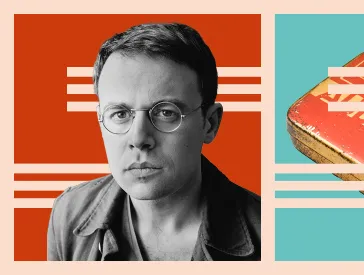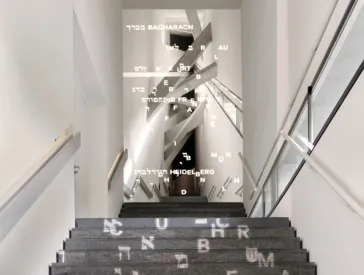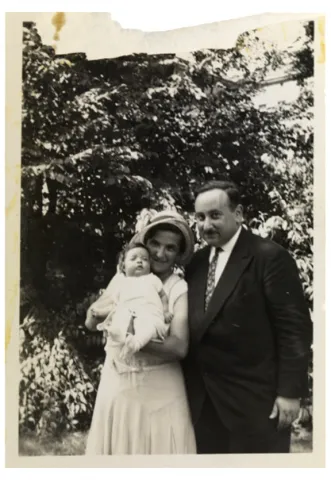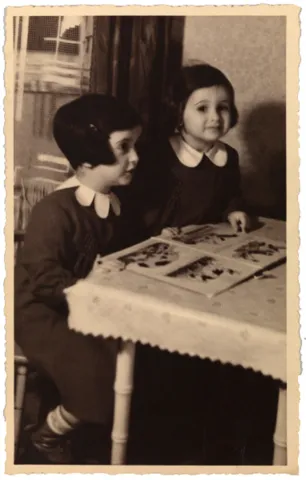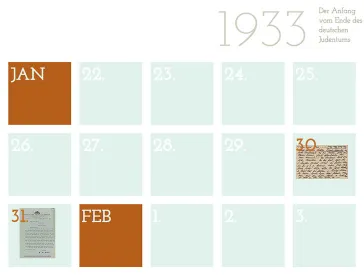Die Geschichte von Uri Kozower
Philipp Kozower ist 37 Jahre alt und Rechtsanwalt, als er 1931 die 23-jährige Medizinstudentin Gisela heiratet. Ein Jahr später bringt Gisela ihr erstes Kind zur Welt: Eva. Die frischen Eltern lassen sich mit ihrem Baby im Berliner Monbijou-Park ablichten. Auf dem Foto trägt Gisela ein helles Kleid und einen Strohhut. Das schlafende Kind hält sie – etwas ungelenk – in die Kamera, als sollte dokumentiert werden, dass es existiert.
Als im Jahr 1934 Evchens Schwester Alice geboren wird, haben die Nationalsozialist*innen bereits viele Maßnahmen getroffen, um Jüdinnen*Juden systematisch vom öffentlichen Leben auszuschließen. Unser Online-Projekt 1933: Der Anfang vom Ende des deutschen Judentums erzählt anhand von Dokumenten aus dem Archiv des Jüdischen Museums Berlin, was diese Maßnahmen für deutsche Jüdinnen*Juden bedeuteten. Auf die Geschichte der Familie Kozower gehen wir mit Fotografien und Briefen in einer Vitrine unserer Dauerausstellung ein.
Das Nesthäkchen der Familie wird 1942 geboren. Zu diesem Zeitpunkt können jüdische Eltern in Deutschland nicht frei entscheiden, wie ihre Kinder heißen, sondern müssen einen Namen aus einer vom Innenministerium herausgegebenen Liste wählen. Andernfalls bekommen die Neugeborenen – wie alle deutschen Jüdinnen*Juden seit 1939 – die Zweitnamen Sara bzw. Israel. Gisela und Philipp wählen aus der Liste den Namen Uri. Als er drei Monate alt ist, wird die Familie nach Theresienstadt deportiert. Von dort schreiben sie regelmäßig an Verwandte. In jedem Brief geht es um den Kleinen: Bald hält er seine Flasche allein, beginnt zu krabbeln, feiert seinen ersten Geburtstag.
„Uri ist zum Fressen süß, jetzt plappert er jedes Wort nach und versucht schüchtern allein zu laufen“,
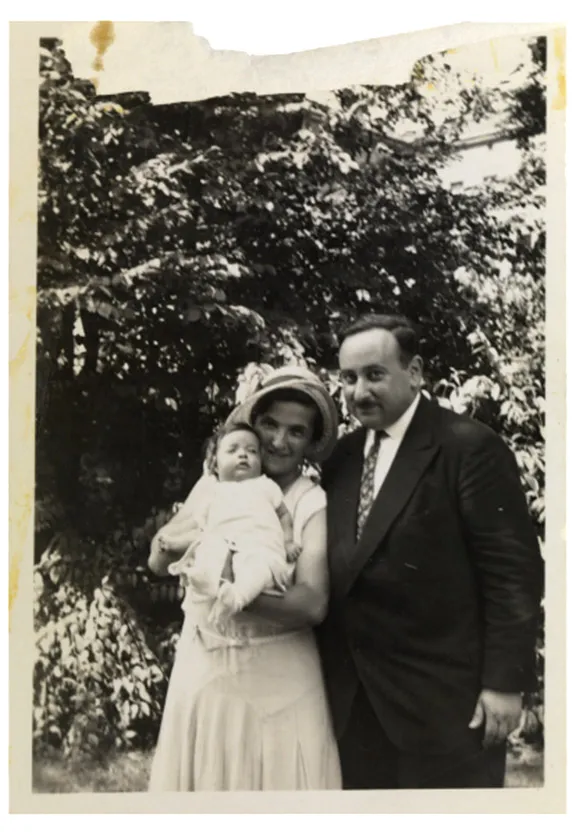 X
X
Gisela und Philipp Kozower mit ihrer Tochter Eva, Berlin 13. August 1932; Jüdisches Museum Berlin, Inv.-Nr. 2003/141/332, Schenkung von Klaus M. Zwilsky
schreibt die zehnjährige Alice im Juli 1944. Im Oktober 1944 besteigen Philipp, Gisela, Eva, Alice und Uri einen Transport nach Auschwitz. Sie gehören zu den letzten Menschen, die in den Gaskammern des Vernichtungslagers ermordet werden.
Die Bilder hat ein Verwandter der Familie, Klaus Zwilsky, zusammen mit den Briefen aus Theresienstadt aufbewahrt und dem Museum gestiftet. Dank seiner Sorgfalt und seinem Geschenk können wir die Geschichte der Familie Kozower heute unseren Besucher*innen erzählen. Als Exponate unserer Dauerausstellung zeugen sie von dem, was uns angesichts von Auschwitz bleibt: dass wir die Namen, Gesichter und Geschichten der Personen, die hier getötet wurden, nicht vergessen – nicht am 27. Januar und nicht an allen anderen Tagen des Jahres.
Monika Flores Martínez, Dauerausstellung
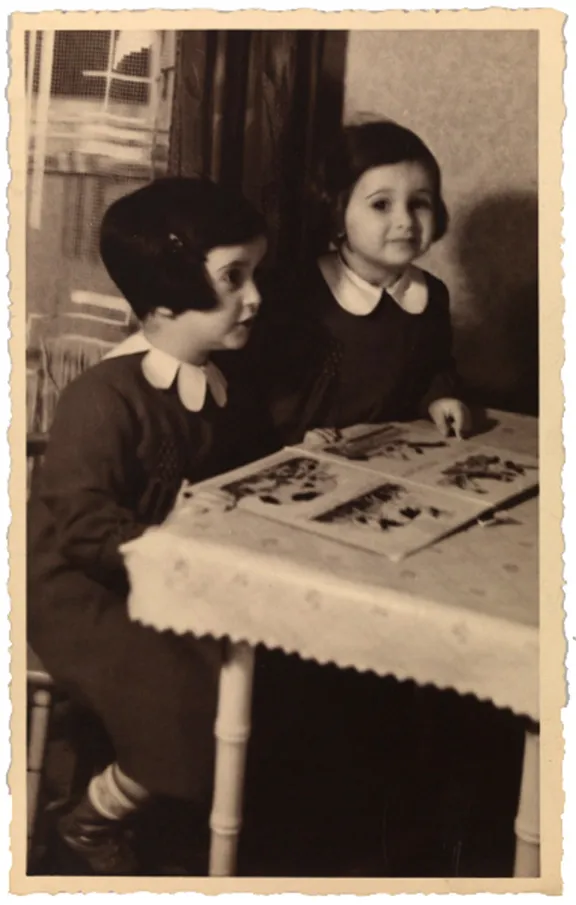 X
X
Eva und Alice Kozower, Berlin ca. 1938; Jüdisches Museum Berlin, Inv.-Nr. 2003/141/333, Schenkung von Klaus M. Zwilsky
Zitierempfehlung:
Monika Flores (2014), Die Geschichte von Uri Kozower.
URL: www.jmberlin.de/node/6725
